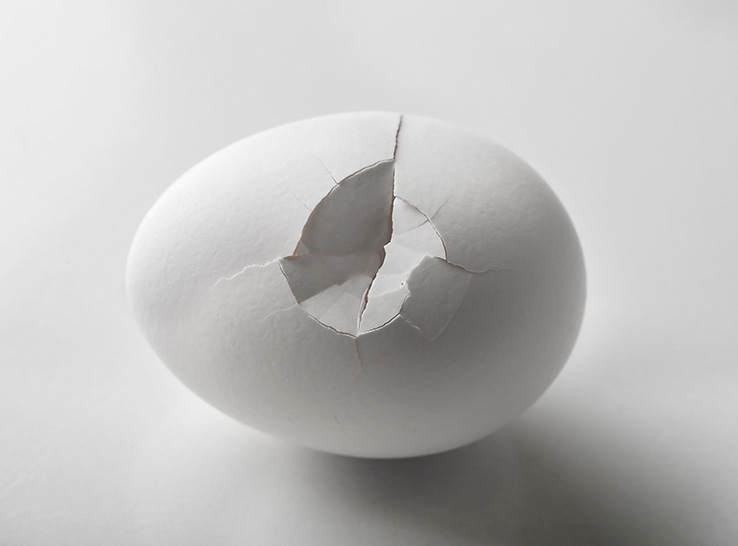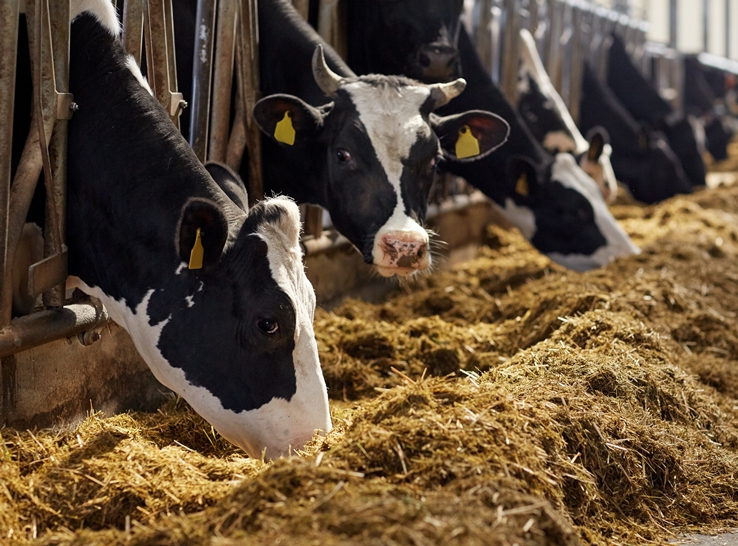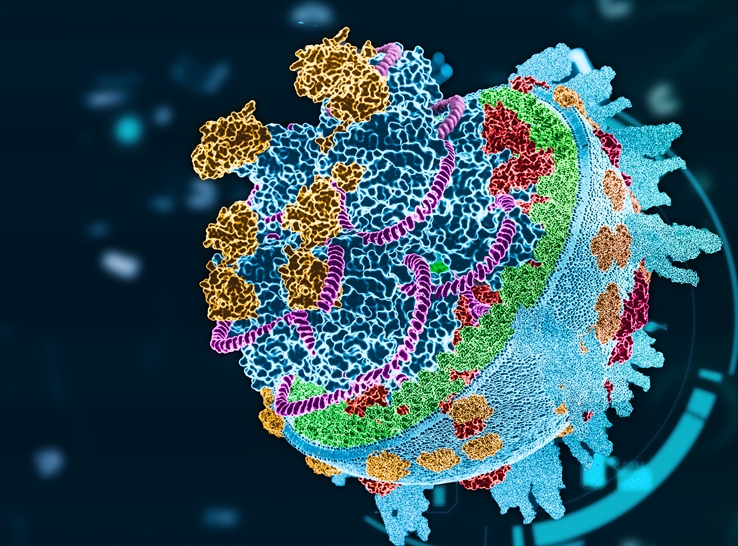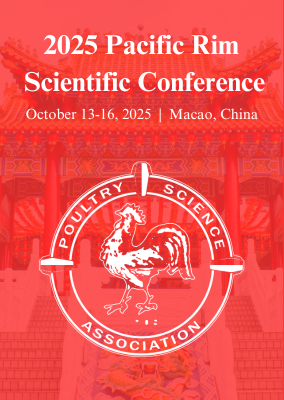The first comprehensive literature review in 40 years presents up-to-date research and best practices to prevent floor egg laying. This behavior continues to bedevil commercial egg producers and breeders using cage-free housing systems.
Published in The Journal of Applied Poultry Research, the review focuses on preventing floor eggs in cage-free systems by addressing the major causal factors and improving management during pullet rearing and the onset of lay. It covers recent studies on nest-box use, genetics, rearing and early training, the production cycle and new technologies.
Authored by Dana Campbell, PhD, an animal behavior specialist and senior scientist at CSIRO, Australia, the review also includes practical advice from online sources and interviews with commercial egg producers.
Floor egg-laying problems
Floor eggs, also called “mislaid eggs” or “system eggs,” are eggs laid outside the nest box — on the litter, slats or tiered wire, for example. Consequently, contaminated eggs, broken eggs and extra egg-collection labor can lead to significant economic loss.
Efforts to reduce floor eggs go back more than a century, with the scientific research summarized in a major literature review in 1984, when cage-housing systems predominated. With the rise of cage-free systems, the factors causing floor egg laying may be more complex now. The potential consequences of poor management also may be more costly.
Reducing floor egg laying
Much of the early research on floor egg laying also applies to modern cage-free systems:
- Genetic strain and individual bird variability influence pre-laying and perching behavior and thus affect nest-box use.
- When hens first enter the laying facility, several management measures — disturbing hens on the floor, removing floor eggs, destroying floor nests — increase nest-box use.
- Nest boxes must be more attractive or comfortable than alternatives like the floor, with sufficient boxes per bird and short, unobstructed travel to reach them.
- Nest boxes must be the only comfortable, quiet and enclosed place for lay.
- Increased overhead lighting may reduce floor eggs, and “hot” or electrified wire may restrict floor egg-laying spots.
- Limiting feeding during peak lay reduces conflict between eating and nesting behavior during oviposition.
- Special management efforts during early lay, such as keeping birds off the floor, prevent flock-wide floor egg laying.
Factors affecting egg-laying behavior
The review highlighted more recent findings on hens’ egg-laying behavior:
Nest-box use
If a hen uses the nest box during early lay and its features and microclimate do not change, then she’s likely to use it for the entire production cycle. Nest-box design affects pre-laying behavior, nest choice and nest preference during lay.
Nest-box variables include nest-floor slope, lighting, nipple-drinker location and curtain type and color. Other variables are box construction material, size and height, as well as substrate type and depth, including “manipulable substrates” versus fixed flooring. Feeder and drinker placement should promote and reinforce nest-box use.
For breeders, social dominance and gregarious nesting behavior particularly impact nest-box use.
Genetics
Although modern birds are not so broody, they still exhibit characteristic pre-lay behavior 1 to 2 hours before lay — searching for a nest site, sitting on the site, nest building — and generally prefer to lay in discrete, enclosed spaces.
Possible differences in floor laying between white- and brown-feathered birds remain an open question. However, brown hens tend to be heavier, influencing how they use a tiered aviary, selecting lower perches and nest boxes. Differences in oviposition timing and the start of lay may impact rearing with knock-on floor-laying effects.
Rearing and early training
The general advice is to rear pullets in the same type of system (like-to-like system) used for the laying cycle, with access to perches no later than 4 weeks of age. Pullet transition before 16 weeks of age in like-to-like systems reduces floor eggs.
Like-to-like benefits include better use of aviary upper levels during early-to-peak lay. Litter restriction helps deter floor laying but is also a risk factor for feather pecking.
Production cycle
Increased stocking density with greater nest-space competition can increase floor eggs. Also, enrichment devices, such as pecking stones and alfalfa bales, may increase floor eggs.
“Overall,” the reviewer notes, ”research across the laying period is limited, as the key periods for behavioral manipulation are when the birds are younger.”
New technologies
Floor robots designed to discourage litter nests and floor egg laying have lacked “robust evidence of their effectiveness,” the reviewer notes, as hens “rapidly acclimate to the robot” and within weeks are riding it. However, robots for floor egg detection and collection have reduced labor with moderate success.
Ongoing research using “machine vision” camera systems has detected hens sitting on the floor, including corners.
“Ultimately,” the reviewer states, “radio-frequency identification-enabled smart nest boxes that can track individual hens’ laying behavior may allow producers to detect poorly performing birds,” including floor egg layers.
Even with incorporating new technologies to help reduce floor eggs, human “bird reading” remains vital to monitor egg-laying behavior. The reviewer also notes that specific layer strains may perform best in particular housing-system designs.
The full paper, “Floor egg laying: can management investment prevent it?” can be found in The Journal of Applied Poultry Research and online here.
Editor’s note: Content on Modern Poultry’s Industry Insights pages is provided and/or commissioned by our sponsors, who assume full responsibility for its accuracy and compliance.









